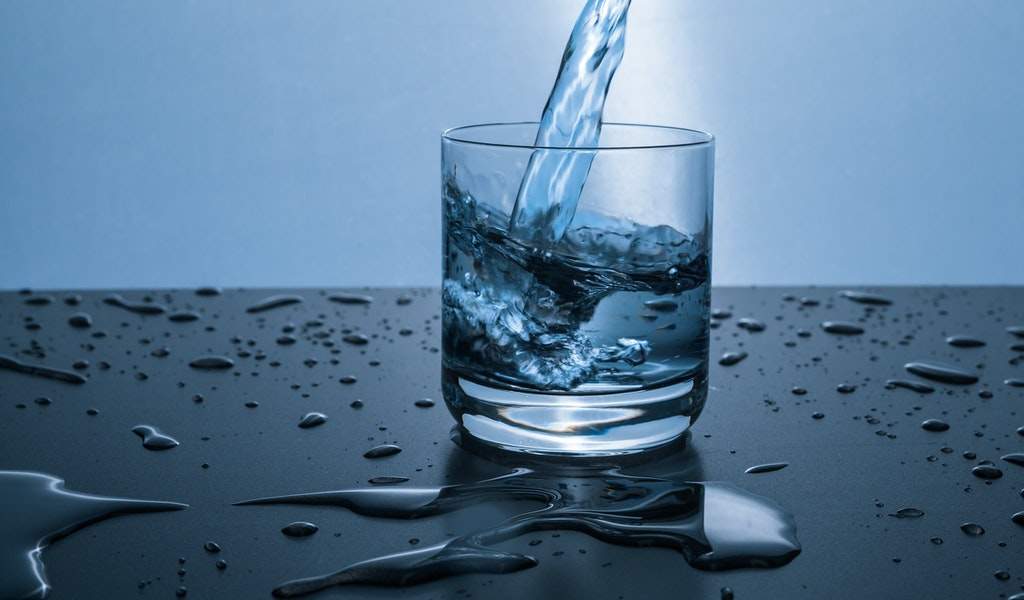Have you been experiencing dry skin and hair? Do your clothes fade and fray after washing? Hard water might be the cause of your problems.
While hard water is safe to drink, it can affect other aspects of your life. Many households using hard water may even find that it can damage your pipelines.
A great way to combat hard water is with a water softener. First, read on to learn more about water softening systems and how they can improve your quality of life. Then, read on to discover more and enjoy the benefits of soft water today!
What Is a Water Softener?
A water softener system is also known as a complex water filter. Hard water often consists of excessive amounts of calcium and magnesium certain other metal particles. The coming about soft water requires less cleanser for the same cleaning exertion, as the cleanser isn’t squandered holding with calcium particles.
Delicate water moreover amplifies the lifetime of plumbing by diminishing or disposing of scale build-up in plumbing and fittings. On the other hand, these harsh minerals can cause your pipes to deteriorate and even make cleaning harder. Water softening systems filter the minerals and convert hard water into soft water.
How Does It Work: The Ion Process
Most water softening systems use the ion exchange process to purify water. However, there are other water softener alternatives you can use. The mineral tank, control valve, and brine tank are primary components that help the ion process. Here’s how they work together to produce soft water.
1. The Mineral Tank
The supply line brings the hard water into the mineral tank. It serves as a vessel where softening of hard water takes place. Then, the water flows through the resin beads to begin the process.
The beads are polystyrene materials charged with sodium ions. Therefore, it gives the resin beads a negative charge. In contrast, magnesium and calcium are minerals with positive charges.
With this, the beads seize the mineral ions in hard water as it passes through the resins. Then, it releases the sodium ion into the water. It will allow soft water to flow into your water system.
2. The Control Valve
The control valve monitors the water going through your system using a meter. As mentioned, the resin beads collect mineral ions and release sodium ions. The capacity of the resins to soften water decreases as it continues to work overtime. The control valve regenerates by default to reduce the weight of water softening.
The control valves use a demand-initiated regeneration system. The onboard computer in the control valve pre programmed the maximum capacity. Factors affecting the program are water hardness, the number of people in your household, and house size.
3. The Brine Tank
The brine tank helps in the regeneration process. It restores the positive charge of the resin beads as it contains salt or potassium. The salt, which you need to add by hand, settles and dissolves at the bottom of the tank.
The brine will then send the salted water to the mineral tank. The brine solution enables sodium ions to displace less magnesium and calcium ions. Once it has extracted the minerals, you may start enjoying soft water.
Water Softening Systems Process
Water softening systems use the ion process to remove harsh minerals. While it may require periodic refreshing, it’s a low price to enjoy softer skin and hair, and hard water dries out your skin and hair. Unfortunately, it too shapes a layer of film on your skin and hair that postures dangers for your cleanliness. After introducing a water softener, you’ll take note that it’s much less demanding to moisturize and keep up your skin’s cleanliness. Efficient cleaning and healthy pipes.
Final Word:
Water softening is an imperative handle since the hardness of the water in families and companies is decreased amid this preparation. When water is difficult, it can clog pipes, and soaps will break down in it less effortlessly. Do you want to learn more about soft water and its benefits? Don’t stop here! Check out our other blog posts to discover more.
The basic concept of how a water softening system works is based on the fact that hard water contains minerals that attract negatively charged sodium ions. The hard water then leaves the system softened and cleaner. It is necessary to understand the mechanism behind this process, as several components are involved.
The water softening system consists of a tank filled with a brine solution. The brine solution forces the minerals out of the resin beads and replaces them with sodium ions. The salt solution is then flushed from the system through the drain removed from your home. This process removes hardness minerals from the water, present before the water enters the home.

















